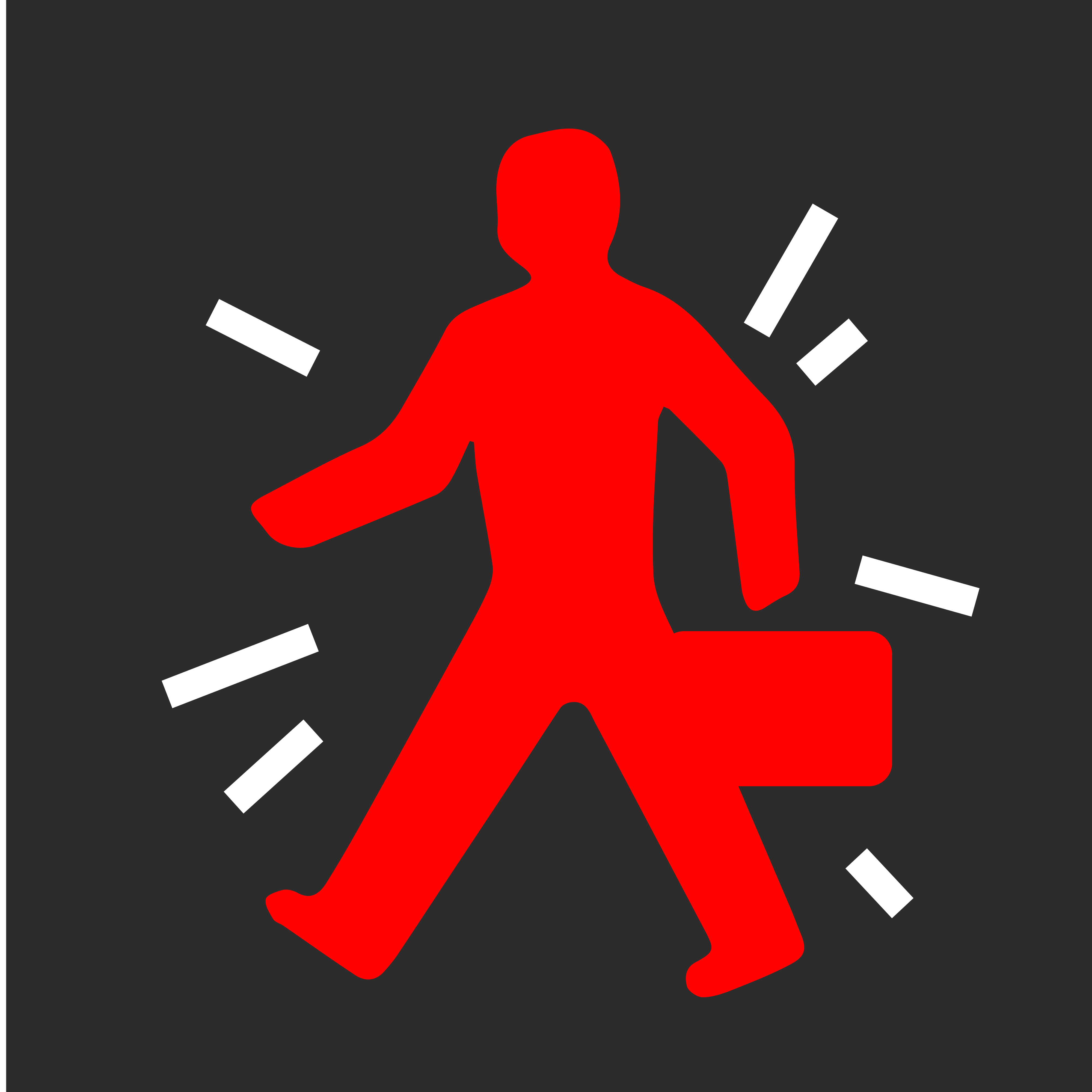< Virus
How long is the coronavirus infectious?
Text updated on 2021-05-09
The coronavirus can remain infectious for several hours in airborne aerosols.

Stability of the coronavirus:
Coronavirus RNA SARS-CoV-2 can be detected in the air in aerosols emitted by infected individuals. These particles from SARS-CoV-2 can remain stable and infectious for several hours.
The genetic material of the coronavirus can also be detected on various surfaces for several days, up to a maximum of one week, especially on plastics, metals and masks. Nevertheless, the probability that these virus particles on surfaces could infect another person seems low. The genetic material of the virus, in the absence of the proteins and membrane of the coronavirus, is not capable of infecting a person. The detection of the genetic material of the virus does not therefore necessarily imply a risk of contamination.
Virulence:
During the infectious period, a person emits aerosols containing viral particles that remain airborne for several hours. The number of people infected by an infected person varies greatly from person to person, and increases with population density. It has been estimated that one infected person typically infects a total of 2-6 people, including in the case of new variants. Not all persons who have been in contact with the infected person will be infected, especially if they wear a mask and maintain physical distance.
Evaluation of coronavirus stability in the laboratory or hospital from large quantities of virus :
The coronavirus can remain stable in the air for up to 16 hours.
After 5 min in bleach, or 70% ethanol, or soap, the virus is inactivated.
The stability of the coronavirus depends on temperature, illumination and humidity conditions. In particular, under summer solstice conditions in temperate regions, sunlight has a significant coronavirus inactivating effect. One hour of illumination of SARS-CoV-2 suspended in aerosols is sufficient to inactivate the virus particles.



Sources
Measurement of the stability of the virus under different environmental conditions.
Chin, A., Chu, J., Perera, M., Hui, K., Yen, H. L., Chan, M., ... & Poon, L. (2020). Stability of SARS-CoV-2 in different environmental conditions.Stability and methods for inactivation of coronaviruses.
Kampf et al, J Hosp Infect. 2020 Mar 104(3):246-251. Persistence of coronaviruses on inanimate surfaces and their inactivation with biocidal agents.Covid-19 and SARS viruses persist similarly on different media.
Van Doremalen et al, N Engl J Med 2020; 382:1564-1567. Aerosol and Surface Stability of SARS-CoV-2 as Compared with SARS-CoV-1.Stability measurements for the SARS-CoV-1 agent.
Duan, S. M., Zhao, X. S., Wen, R. F., Huang, J. J., Pi, G. H., Zhang, S. X., ... & Dong, X. P. (2003). Stability of SARS coronavirus in human specimens and environment and its sensitivity to heating and UV irradiation. Biomedical and environmental sciences: BES, 16(3), 246-255.Synthesis of information known at the end of March 2020 on SARS-CoV-2.
Bar-On, Y. M., Flamholz, A., Phillips, R., & Milo, R. (2020). SARS-CoV-2 (COVID-19) by the numbers. Elife, 9, e57309.A study shows that simulated sunlight rapidly inactivates the SARS-CoV-2 coronavirus suspended in saliva or culture media and then dried on stainless steel. When exposed to type B UV corresponding to sunlight at a latitude of 40°N at sea level on clear days, ninety percent of the infectious virus was inactivated after 7 minutes in saliva at the summer solstice and after 14 minutes at the winter solstice. These data indicate that natural sunlight can be effective as a disinfectant for contaminated non-porous materials.
Ratnesar-Shumate, S., Williams, G., Green, B., Krause, M., Holland, B., Wood, S., .... Dabisch, P. (2020). Simulated Sunlight Rapidly Inactivates SARS-CoV-2 on Surfaces. The Journal of Infectious Diseases.Viral particles from SARS-CoV-2 can remain stable in aerosols and potentially capable of infecting human cells for up to 16 hours.
Fears, A. C., Klimstra, W. B., Duprex, P., Hartman, A., Weaver, S. C., Plante, K. S., ... & Roy, C. J. (2020). Persistence of severe acute respiratory syndrome coronavirus 2 in aerosol suspensions. Emerging infectious diseases, 26(9), 2168In the immediate environment of patients with COVID-19patients, 17% of the air sampled contained SARS-CoV-2 RNA, and the sampled virus was viable and infectious in 9% of cultures.
Birgand, G., Peiffer-Smadja, N., Fournier, S., Kerneis, S., Lescure, F. X., & Lucet, J. C. (2020). Assessment of Air Contamination by SARS-CoV-2 in Hospital Settings. JAMA network open, 3(12), e2033232-e2033232éarSeveral people were infected after a 1 hour and 40 minute bus ride when the contagious individual with COVID-19 was more than 6 meters away.
Shen, Y., Li, C., Dong, H., Wang, Z., Martinez, L., Sun, Z., ... & Xu, G. (2020). Airborne transmission of COVID-19: epidemiologic evidence from two outbreak investigations